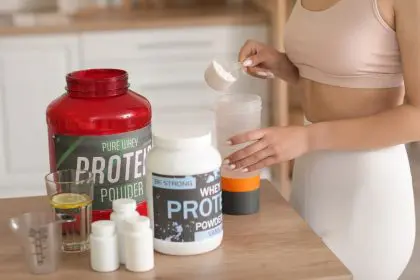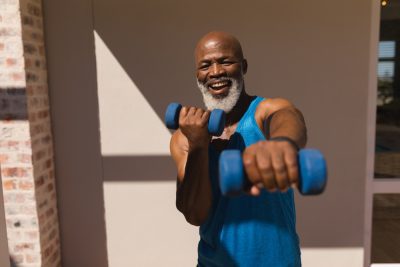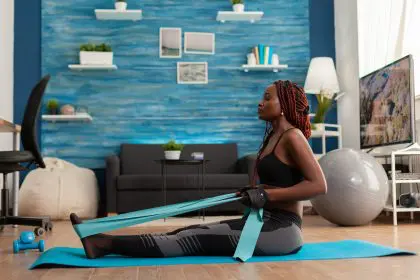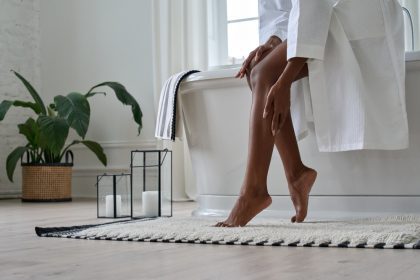Move over fancy massage guns and expensive recovery gadgets – there’s an affordable fitness tool that experts say could be the secret to relieving muscle tension and improving flexibility. Foam rolling, a form of self-massage that costs as little as $19 to get started, is gaining attention from physical therapists and fitness professionals as a must-have wellness practice.
Why everyone’s talking about foam rolling
Physical therapist Winnie Yu, DPT, CPT, explains that foam rolling isn’t just for athletes anymore. This simple practice, technically called self-myofascial release (SMR), works like a deep-tissue massage you can give yourself. The best part? You don’t need any special training to get started.
The science behind the relief
When you foam roll, you’re actually targeting something called fascia – the connective tissue that wraps around your muscles like a web. Structural integrator Jessa Zinn explains that this tissue can become tight and restricted, leading to that uncomfortable, stiff feeling many people experience after sitting at a desk all day or following an intense workout.
What this means for your body
The benefits of foam rolling extend far beyond just feeling good. Here’s what experts say regular rolling can do:
- Improve flexibility without lengthy stretch sessions
- Reduce post-workout muscle soreness
- Enhance blood flow to tired muscles
- Help prevent injury by maintaining muscle health
- Create better range of motion for daily activities
When to roll for best results
Unlike some wellness practices that require strict timing, foam rolling is flexible. Physical therapists recommend rolling before workouts to warm up muscles, after exercise to prevent soreness, or even while watching TV to release daily tension.
The beginner’s guide to getting started
For those new to foam rolling, experts recommend starting with larger muscle groups:
- Spend 30-60 seconds on each area
- Roll slowly and steadily
- Focus on spots that feel particularly tight
- Breathe deeply throughout the process
- Listen to your body and adjust pressure as needed
What it feels like
While foam rolling shouldn’t be painful, you might experience what experts call “good discomfort” – similar to getting a deep massage. If you feel sharp pain, that’s your cue to ease up on the pressure or move to a different spot.
Choosing your perfect foam roller
Not sure which roller to buy? Here are expert-recommended options for every budget:
- Amazon Basics High Density Foam Roller ($19) – Best for beginners
- Trigger Point Performance Grid Foam Roller ($28) – Great for intermediate users
- Therabody Wave Duo ($79) – Premium option with extra features
Why age matters
As we get older, our fascia naturally becomes less flexible. Regular foam rolling can help maintain mobility and reduce stiffness, making it particularly beneficial for adults over 40. Even better, it’s a gentle form of self-care that’s safe for most people to practice regularly.
The workout enhancement secret
Fitness enthusiasts are discovering that foam rolling before exercise can improve performance. “It’s like giving your muscles a wake-up call,” explains Yu. “When you roll before working out, you’re preparing your body to move more efficiently.”
Beyond just muscles
The benefits of foam rolling extend beyond physical relief. Many people find it helps create a mindful moment in their day. Zinn suggests using rolling time as an opportunity to check in with your body and release both physical and mental tension.
Making it part of your routine
Experts recommend starting with just 5-10 minutes of foam rolling daily. You can split this time between morning and evening sessions, focusing on areas that feel particularly tight. The key is consistency rather than lengthy sessions.
The recovery game-changer
For anyone dealing with everyday aches and pains, foam rolling offers an accessible solution. Whether you’re recovering from a workout or just dealing with the effects of a long day at your desk, this simple tool could be the answer to better mobility and less muscle tension.
Looking ahead
As more research emerges about the benefits of fascia health, foam rolling is likely to become an even more important part of wellness routines. It’s an investment in your body that doesn’t require a big financial commitment – just a willingness to spend a few minutes taking care of your muscles.















